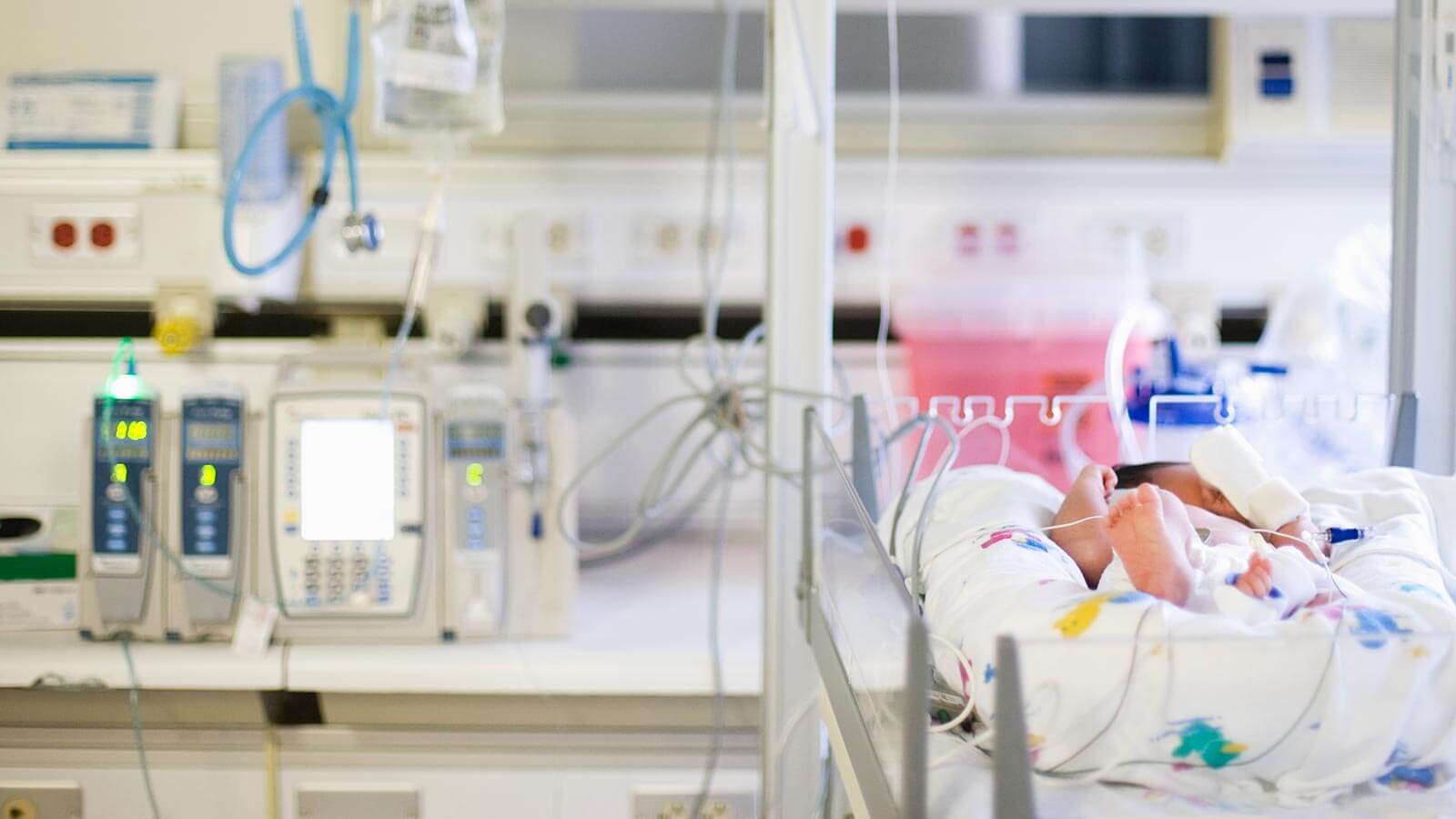Research Areas
Bench-to-Bedside and Back Again
 Expanding upon the insight of our clinical pediatric research and studies, UH Rainbow Babies & Children’s Hospital principal investigators have a rich tradition of modeling neonatal disease in the basic science laboratory to explore potential mechanisms underlying numerous neonatal intensive care units (NICU) outcomes and to test novel therapies. A broad range of projects is underway which synergizes the strengths of the combined laboratories. The Division’s basic science research programs are currently funded by the National Institutes of Health, the American Heart Association, the Gerber Foundation, the American Academy of Pediatrics, and the American Thoracic Society.
Expanding upon the insight of our clinical pediatric research and studies, UH Rainbow Babies & Children’s Hospital principal investigators have a rich tradition of modeling neonatal disease in the basic science laboratory to explore potential mechanisms underlying numerous neonatal intensive care units (NICU) outcomes and to test novel therapies. A broad range of projects is underway which synergizes the strengths of the combined laboratories. The Division’s basic science research programs are currently funded by the National Institutes of Health, the American Heart Association, the Gerber Foundation, the American Academy of Pediatrics, and the American Thoracic Society.
Various projects model prenatal and postnatal conditions and exposures that influence neural, pulmonary, and cardiac development. These conditions and exposures include hyperbilirubinemia, ethanol and other solvents, intermittent hypoxia, continuous positive airway pressure (CPAP), endotoxin-induced pneumonia and systemic inflammation.
Outcomes measured are behavior, neuronal differentiation, neuronal patch clamping, respiratory control, plethysmography, congenital heart defects, histology, lung development including the development of bronchopulmonary dysplasia, pulmonary hypertension, in vivo and in vitro airway bronchoconstriction, opioid withdrawal syndrome, and sudden unexplained infants death syndrome (SUIDS). Various interventions are studied including nutraceuticals, S-NO, hyaluron, sphingosines, and natriuretic peptide pathway components.
A Pioneer in Innovative Newborn Treatments
UH Rainbow Babies & Children’s Hospital has pinpointed links between interventions infants receive and their short-and long-term outcomes, thanks to our clinical neonatology research and evidence-based studies. These studies and their findings have helped pioneer treatments and advance newborn care all over the world—from developing noninvasive ventilation in newborns to being one of the first to promote family-centered care.

Intermittent Hypoxia in Length of NICU Stays Study
UH Rainbow Babies & Children’s Hospital is bringing together its research strengths to uniquely address the role of intermittent hypoxia in length of stay in the NICU and wheezing after discharge. UH Rainbow also will look at whether intermittent hypoxia causes oxidative stress, and if it is part of the mechanism leading to long-term morbidity.
Leader in Measuring Outcomes of Premature Infants
In two ongoing studies that span over four decades, our team at UH Rainbow Babies & Children’s Hospital has been tracking the physical, mental and academic achievements of infants who were extremely premature and/or had extremely low birth weights.
Observations have shown these children are more likely to have problems in school because of lower cognitive ability or behavioral issues. Thanks to these studies, we have learned focused interventions, in clinical care and through school-based applications, can improve these outcomes.


